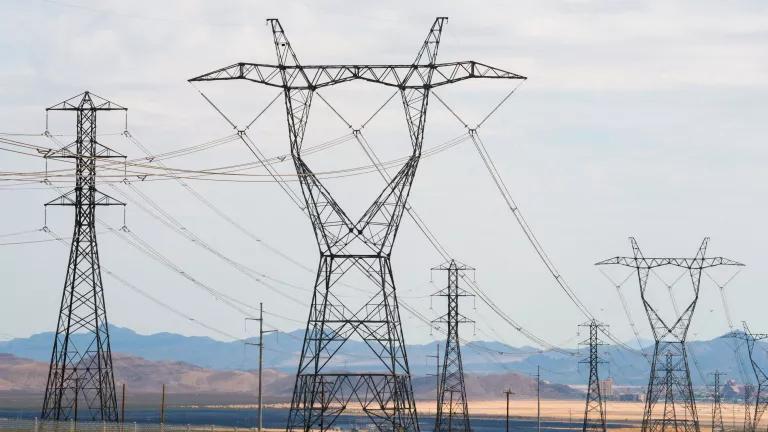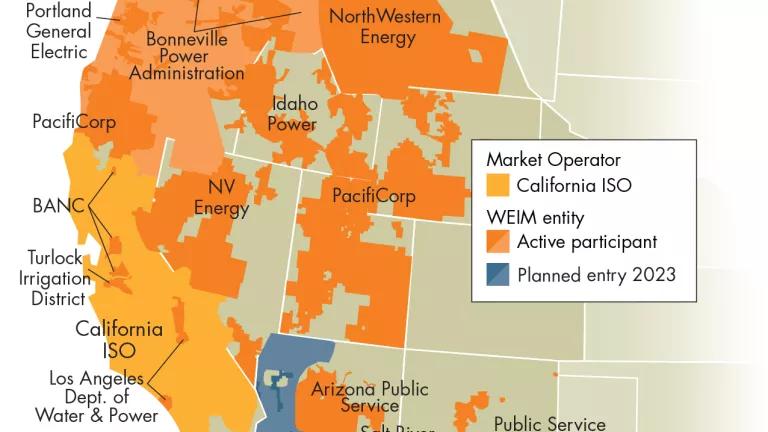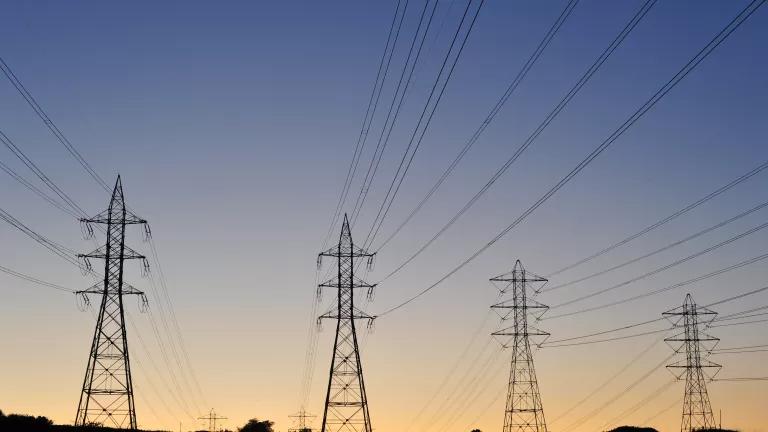New Program Will Help Ensure Reliable Electricity in the West
The Western Resource Adequacy Program (WRAP) is designed to provide benefits for customers, utilities, and the environment.

Dennis Schroeder/NREL, 46264
The Western Resource Adequacy Program (WRAP), which was recently approved by the Federal Energy Regulatory Commission, is designed to provide benefits for customers, utilities, and the environment by ensuring there are adequate resources to meet demand to prevent blackouts and other service disruptions.
In the Western region of the United States, the increasing demand for electricity and the need to ensure that resources are adequate to meet this demand led to the establishment of the WRAP. This is an important step toward the ultimate goal of a fully integrated, transparent, and accessible Regional Transmission Organization (RTO) with meaningfully representative governance in the Western region.
The WRAP, operated by the Western Power Pool (WPP), will regularly assess resource adequacy, analyze demand trends, and identify potential insufficiencies to address. With participating utilities from nine states—Arizona, California, Idaho, Montana, Nevada, Oregon, Utah, Washington, and Wyoming—and part of Canada, the WRAP will maximize diversity of energy resources throughout the West through enhanced coordination that is currently lacking in the region.
The Western grid is facing strain from increasing instances of drought and extreme weather events, continued load growth due to escalating energy usage, and expanded electrification of various sectors of the economy. The region also continues to be in a rapid state of transition as growing numbers of renewable resources come online and fossil fuel generation resources retire. Greater diversity of resources and greater saturation of renewable resources in the Western region can help resolve this external uncertainty, but not without a framework for coordination.
This new framework will allow easier access to geographically diverse generating resources, with significant wind power in the Northwest and Intermountain Region, solar in the Southwest, and hydropower in the Pacific Northwest. The WRAP will also provide resilience against extreme weather events by allowing grid operators to access generating resources that are affected by different weather systems, essentially smoothing out temperature extremes and fluctuations.
This summer, for example, the Pacific Northwest was cooler than the rest of the West during a regional heat wave, and its huge hydropower system was spared the worst of widespread drought in recent months. California was able to import power from its neighbors because of these interregional transmission connections. While the lights stayed on in this instance, the grid was strained and controlled blackouts were almost necessary. The WRAP is designed to handle situations just like this and ensure that power can be delivered to regions in need well before sudden blackouts might happen. Given the likelihood of increased heat waves such as this, due to the climate crisis, the WRAP will be a critical component of the clean energy future.





